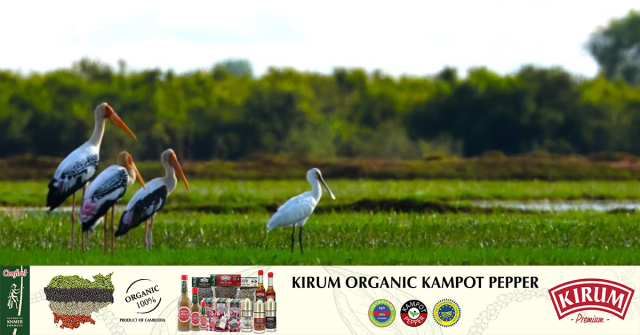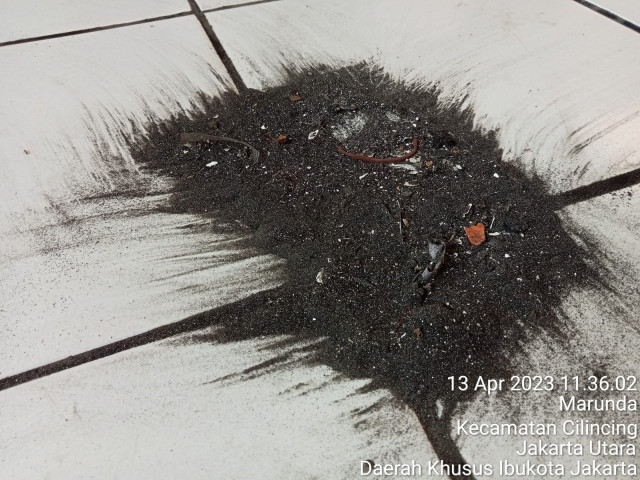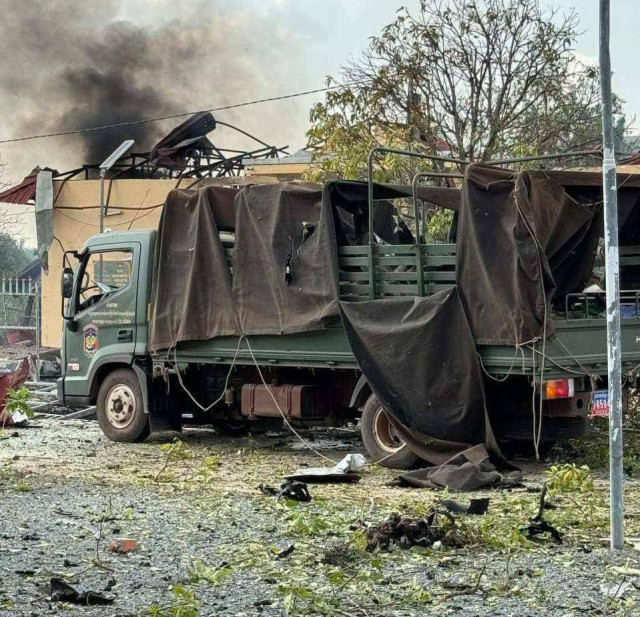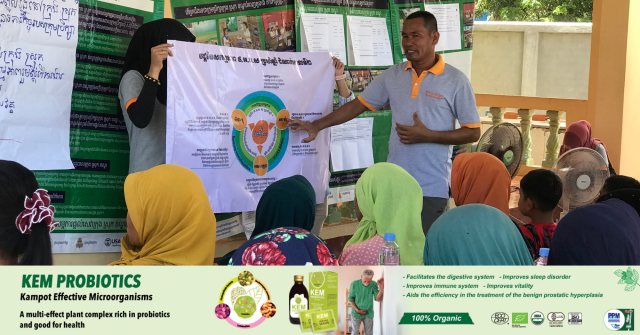Rarely Sighted Spoonbill Spotted at Chikreng Area

- By Ou Sokmean
- October 26, 2023 11:50 AM
PHNOM PENH – A Eurasian spoonbill (Platalea leucorodia), rarely found in Cambodia, was sighted by a Wildlife Conservation Society (WCS) Cambodia team on Oct. 23 at the Chikreng Bengal Florican Conservation Areas.
This area is part of the North Tonle Sap Lowlands Protected Landscape which cover Kampong Thom and Siem Reap provinces.
it marks the sixth recorded sighting of this bird in Cambodia after it went missing for eight years in 2015.
WCS Cambodia said the spoonbill had been seen in in 2003, 2004, 2005, 2012, 2015 and 2023, at the Ang Trapeang Thmor Protected Landscape, Prek Toal Ramsar site, and once each at Phnom Kroam Siem Reap, Ang Trapeang Thmor Protected Landscape, and Chikreng Bengal Florican Conservation Area.
WCS Tonle Sap Landscape Program manager Sum Phearun said the Eurasian spoonbill was thought to be returning to forage in the wetlands around the Tonle Sap Lake and the Lower Mekong Delta.
Phearun said the discovery of rare species in the Cambodian conservation area showed the rich ecological diversity of freshwater wetland habitats and the commitment of local communities to conserving these wetlands for large waterfowl.
“Freshwater wetlands are essential in protecting and conserving this habitat for the benefit of biodiversity and communities,” Phearun said.
“This species likes to forage with other species such as Mycteria leucocephala and Threskiornis melanocéphalus, which makes it difficult for our WCS Cambodia team to investigate and identify its species,” he added.
The Eurasian spoonbill is listed as of Least Concern in the International Union for Conservation of Nature (IUCN) Red List, but it is extremely rare in Southeast Asia.
This species is abundant in Europe, Africa and Asia and usually migrates to the lowland freshwater wetlands in Southeast Asia and India.
Originally written in Khmer for ThmeyThmey, this story was translated by Rin Ousa for Cambodianess.















